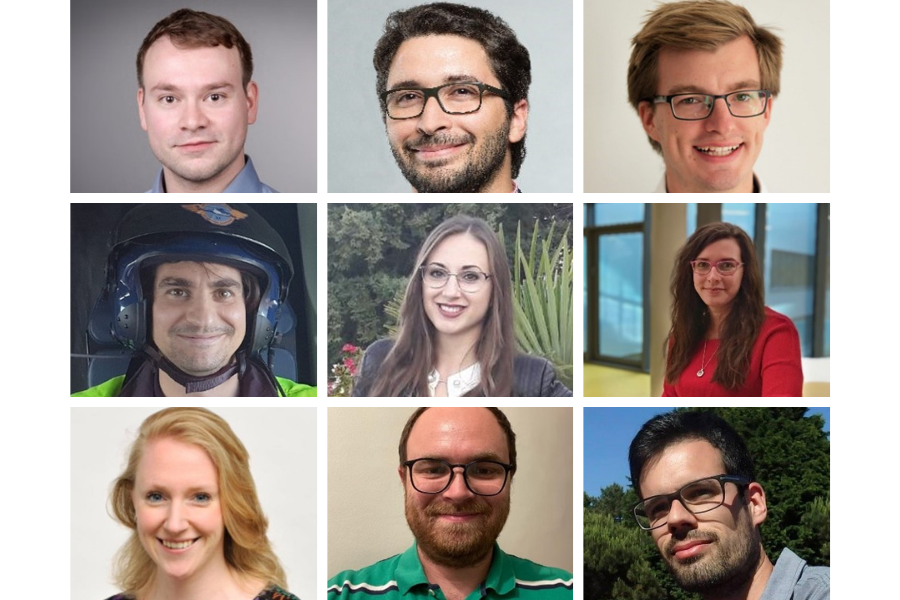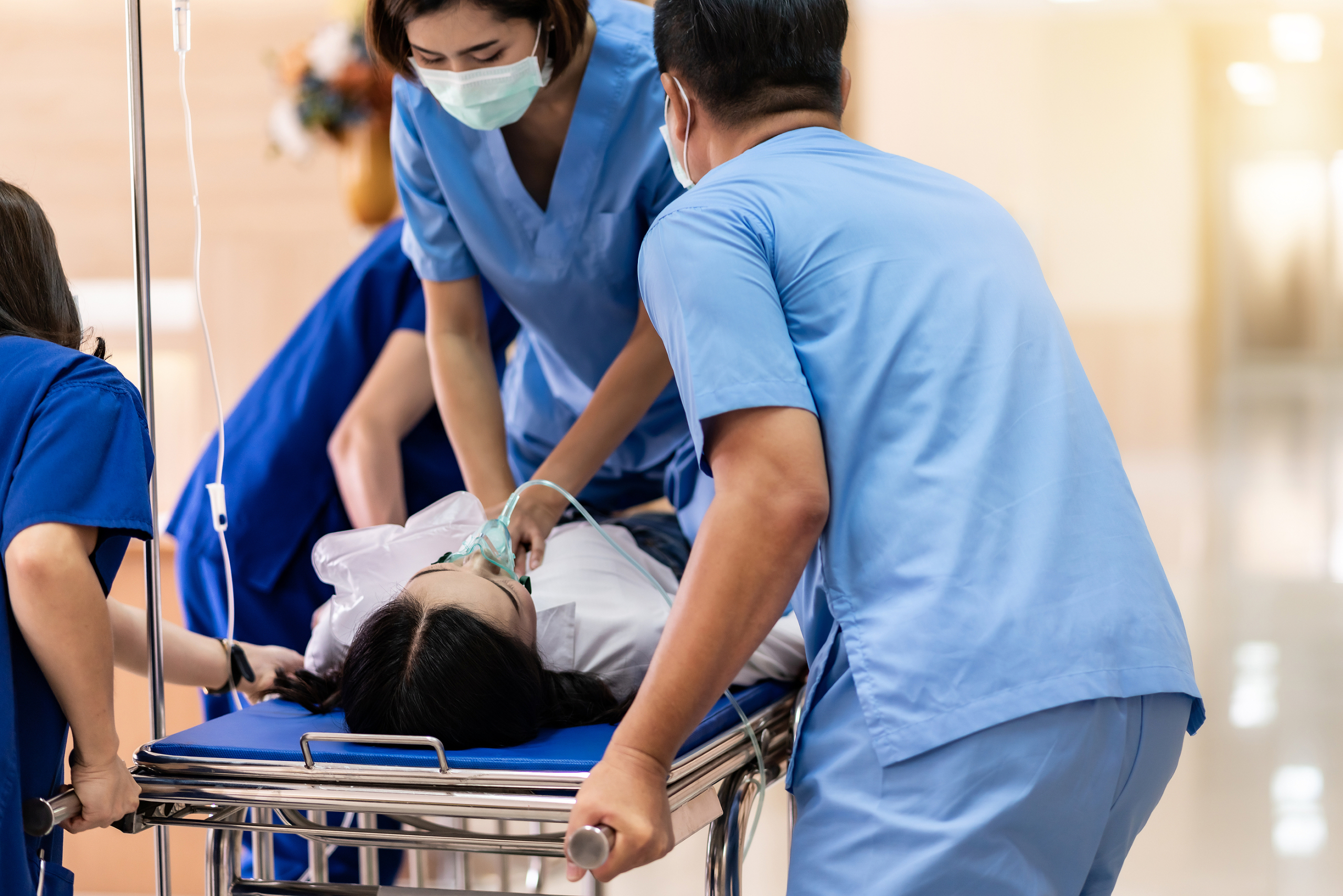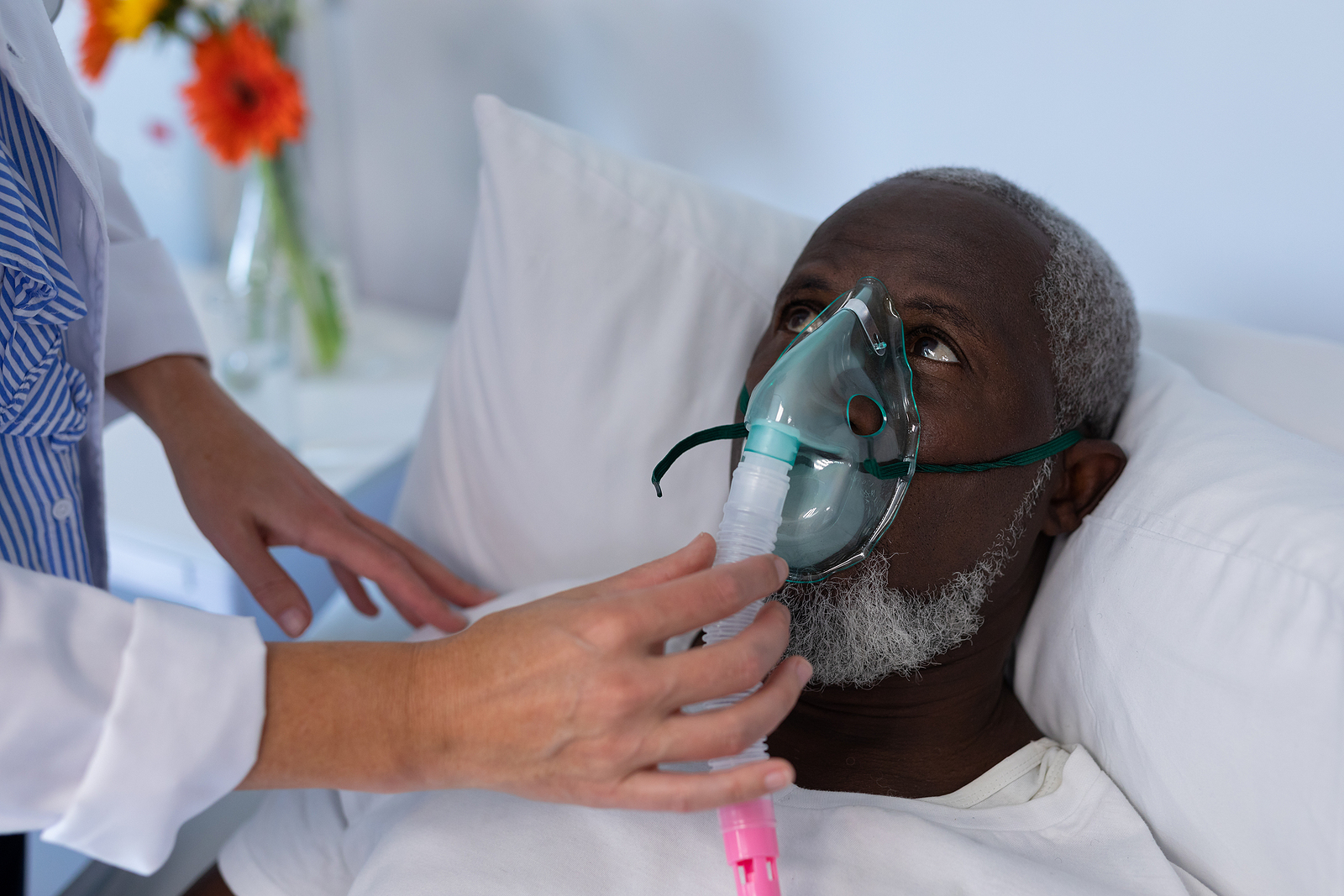Newsletter 2021
Newsletter April 2021: Update on the activities of the ESAIC Trainees Committee

ESAIC Trainees Committee team from top left: Igor Abramovich (Chair), Bernardo Matias (Past-Chair), Albert de Bettignies, Christopher Blacker, Elena Gjorchevska, Eva Klabusayová, Nadine van Veenendaa, Olivier Duranteau and Gustavo Norte
The mission of the ESAIC Trainees Committee (ESAICTC) is to establish a network between the approximately 22.000 European Anaesthesiology Trainees (the ESAIC Trainee Network (ESAICTN)), from the countries represented in the ESAIC Council and National Anaesthesiologists Societies Committee (NASC) and to strengthen their visibility within the Society. The team is organised in 4 Task Forces (Education, European and International Trainee Sections, Social Networks and Euroanaesthesia Trainees’ Program) and there are currently Trainee Representatives in 12 other ESAIC Committees and Task Forces. Following our article on the Trainee Representatives in March1, this article presents the recent activities of the Task Forces, introduces current Committee team members and the Chair transition process.
The Education Task Force is coordinated by Olivier Duranteau (Figure 1), a 4th-year trainee at the Free University of Brussels (ULB) in Belgium, and he oversees the representation of trainees in Anaesthesia and Intensive Care in the ESAIC Education Committee. His main role is to help with the changes in teaching and evaluation methods for our future profession. To do this he uses various questionnaires that are submitted to the ESAICTN on Facebook and other Social Network platforms. The main current area of work concerns the EDAIC, with an evaluation of the quality of the preparation resources for the Diploma and an evaluation of its implementation in the different European countries. Also, he coordinates the activities of the Trainee Representatives in the e-Learning, Guidelines, ATAIC, PSQ, Simulation and Sustainability Committees, by circulating information and creating synergies between these elements.
After the election of Albert de Bettignies (Medical University of Vienna, Austria) and Nadine van Veenendaal (University Medical Center Groningen, Netherlands) (Figure 2) for Council Trainee Representatives in January 2020, the first agenda was the integration in the Trainees Committee team and handover of the pending tasks as European and International Trainee Sections Task Force coordinators. Soon afterwards, the pandemic arrived in Europe and it became apparent that it would be impossible to participate in physical meetings. Unfortunately, all physical congresses and meetings were then cancelled. Over the year, three National Trainee Representative official meetings were organized online. Each held the opportunity to get to know trainees across Europe and deepen the knowledge of their current situation. In these meetings, it was possible to welcome several new National Trainee Representatives and contribute to the creation of Trainee Sections in some cases. Additionally, an e-mail update with the most important topics regarding the ESAICTC work was sent each 2 months to National Trainee Representatives, NASC and Council Representatives. Since the Task Force coordinators sit in the ESAIC Council, they were also able to partake in these meetings and represent the views of European trainees.
During the year 2020, the Social Networks Task Force, coordinated by Christopher Blacker (Uppsala University Hospital, Sweden) and Elena Gjorchevska (University Hospital of Anaesthesia, Reanimation and Intensive Care, Skopje, Republic of North Macedonia) (Figure 3), worked to increase social networks presence and to provide relevant content for followers. They managed to increase their presence on Facebook by 71%, Twitter by 39%, Instagram by 88% and LinkedIn by 442%. The rebranding process of the ESAICTN Website and all Social Networks, when ESA became ESAIC, was a significant highlight of this year and a smooth transition was achieved by working closely with the Communication Committee. The Task Force members worked systematically on content and monthly evaluation of the impact, spread and interaction of posts on social networks. This analysis has allowed personalisation of the type of content that followers seem to enjoy and participate in. The production of daily posts with informative, educational, and entertainment content, such as “Educational Saturday,” “Survey Sunday,” and “Funny Friday,” are just a few examples of this “fine-tuning.” Besides, there was regularly shared information from ESAIC HQ about newsletters, journals, webinars, EDAIC, OLA, congresses, meetings, trainee exchanges, courses, and other relevant communication. This year, it was also possible to broaden the networks’ content by launching the “Facebook live stream,” in which two PSQ Committee speakers were invited to present a relevant topic to trainees during a “meet-the-expert” interactive session. Arvid Haugen and Jannicke Mellin-Olsen both gave fantastic lectures with nearly 2k and 3k people attending, respectively. These “live Facebook sessions” with a steep learning curve, are very much appreciated by trainees and will be further developed during 2021. All of this would not have been possible without the efforts of our Task Force team members, Sanja Golubic (Republic of North Macedonia) and Emelie Risberg (Sweden).
The Euroanaesthesia Trainees’ Program Task Force was established in the year 2019, the same year that Eva Klabusayová (Masaryk University and University Hospital Brno, Czech Republic) (Figure 4) began working as its Coordinator. This structure aims to organise the Trainees’ scientific program and all other trainee related activities at the Euroanaesthesia congress. The Taskforce currently consists of one Coordinator and one member, Tereza Musilová, an Anaesthesiology trainee from the Czech Republic. Both the Trainees’ scientific program and other trainee activities are planned months before the conference takes place. When creating the scientific program, the utmost priority is to come up with the topics that interest trainees the most. To be able to reach this goal, we are regularly reaching trainees through our social networks. After each congress, a satisfaction survey is created to receive feedback directly from trainees, to have an idea of what we could do better in the next edition. With this in mind, we create a proposal of the scientific program and then we cooperate with the ESAIC Scientific Committee, to give the Trainees’ program its final shape. Therefore, the Coordinator of the Euroanaesthesia Task Force is also a representative in the ESAIC Scientific Committee because the cooperation between the two committees is crucial. The first event as the Task Force Coordinator was the Euroanaesthesia 2019 conference in Vienna. Besides the rich scientific program, we also created an amazing social program. The main part of the congress is the Trainees Booth, where all the trainees can meet during the event. To facilitate networking and making new friends with colleagues from all over Europe, we organise the annual trainee dinner and the walking tour. Shortly after the Vienna congress, we were overwhelmed with the preparations for Barcelona 2020. For this year we had planned to improve both scientific and social programs in various forms. Unfortunately, because of the COVID-19 pandemic, congress had to be held in the virtual format. Although we missed the social events, it is satisfactory to say that the scientific program was successful and positively graded by trainees. While writing this article, we have already been working for several weeks on the Munich 2021 and Milan 2022 congress editions. Not only we plan to bring more interactive sessions for trainees in different interesting subjects, but we are willing to make up for the social events we missed this year, and it is definitively something to look forward to!
Additionally, there are 2 recent occurrences in the ESAICTC that we would like to highlight:
- In 2020, the European Board of Anaesthesiology (EBA)-UEMS approved the presence of an observer Representative of the ESAICTC (Bernardo Matias) in its meetings and, inversely, the ESAIC Board approved the inclusion of the EBA-European Junior Doctors Representative Gustavo Norte (Centro Hospitalar de Trás-os-Montes e Alto Douro, Portugal) (Figure 5) as a co-opted member of the Trainees Committee.
- The term of Bernardo Matias (Centro Hospitalar de Setúbal, Portugal) as Chair ended (will continue as Past-Chair until December 2021) and Igor Abramovich (Charité Campus Benjamin Franklin, Germany) (Figure 6) will be the Chair for the period 2021-2023. He has stated that: “I am excited to join the ESAICTC as the new Chair. From my location in Berlin, Germany, I am bringing my experience through years of commitment to the needs of trainees and students in Anaesthesiology and Intensive Care Medicine. Our speciality is growing continually. However, the path to becoming such a specialist is challenging. Providing equal European wide support and training opportunities for trainees through the ESAIC is one of my main goals and further strengthening our committee objectives will be my main purpose. I have lived in four different ESAIC countries and enjoyed studying medicine in two countries. This unique experience distinguishes me from my peers and grants me a receptive view of people no matter their gender or background. In close work with the other committees, I would like to raise awareness for the needs of trainees and their opportunities in any country, so I will be able to continue the marvellous work of my predecessor Bernardo Matias and the other committee members”.
If you have any question or suggestion, please contact us through: www.esaic.org/trainees and/or trainees-committee@esaic.org. At the end of the year, there will be elections for the positions of Elected Trainee Representatives and Committees where these members will need to be replaced, so we look forward to recruiting interested candidates!
References:
- “Update on the role of Trainee Representatives in other ESAIC Committees”, ESAIC Newsletter March 2021
Read our Monthly newsletter.
Read More of our special newsletter covering our virtual congress.
Visit our COVID-19 Resource Hub for other news and resources.










